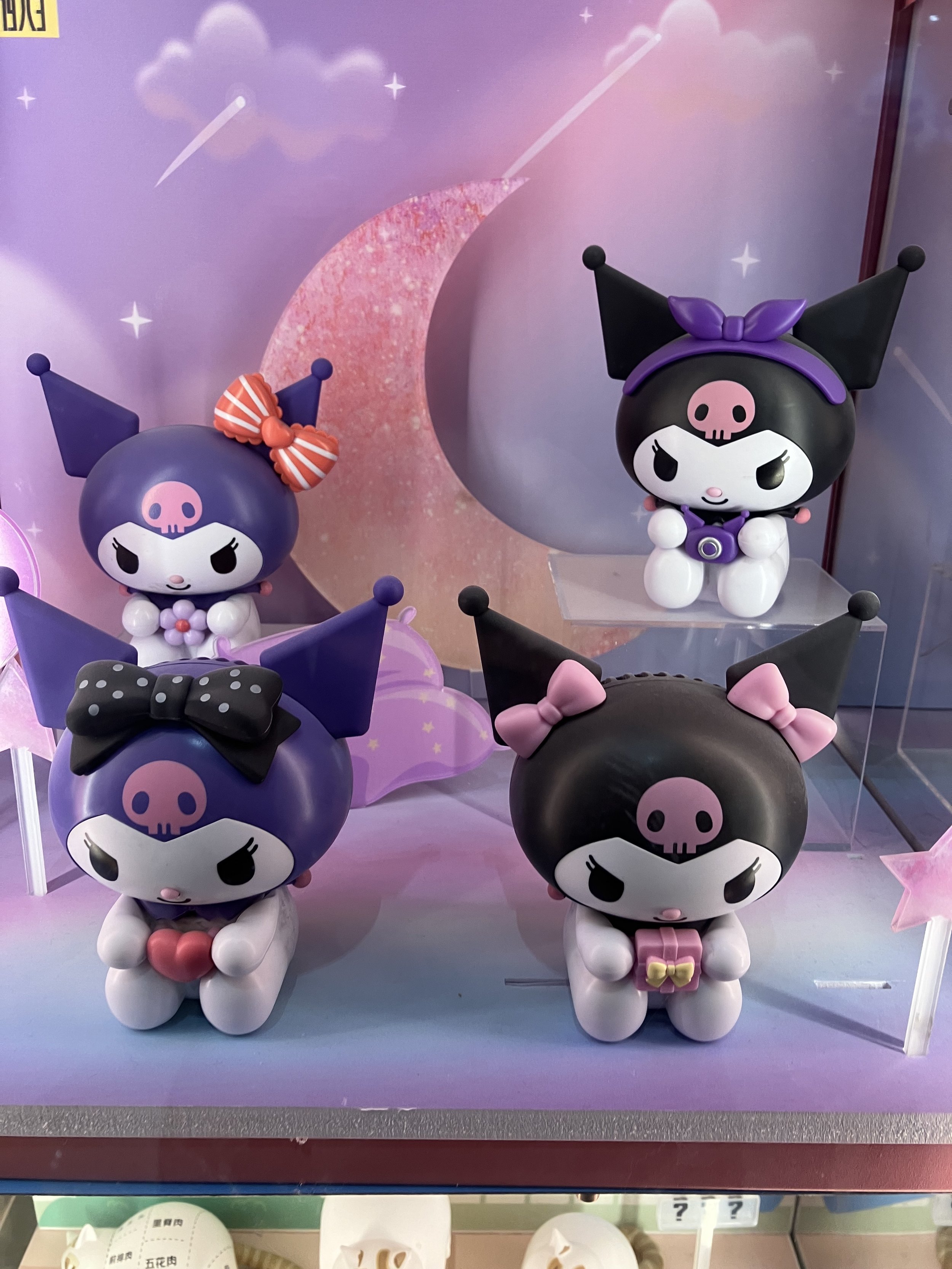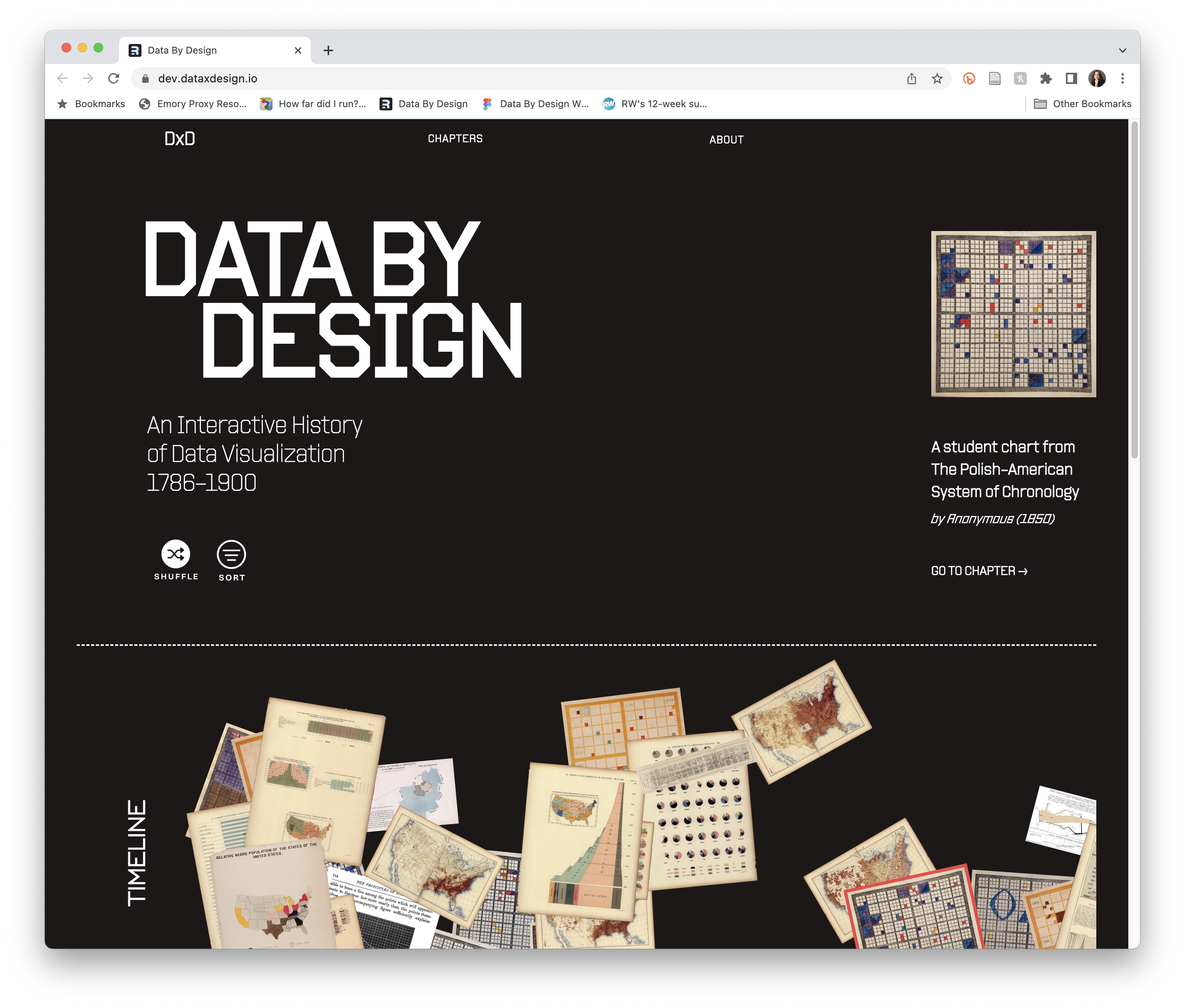OSCARS WATCH 2024 — 'Killers of the Flower Moon' (2023)
/This is the latest in a series of critical responses to the films nominated for Best Picture at the 96th Academy Awards. It often felt to me as though Killers of the Flower Moon was being treated in press coverage like a referendum on the history of Indigenous representation in Hollywood cinema. Can a filmmaker with Martin Scorsese’s clout return to traditionally the most fraught genre vis-à-vis Indigenous representation (the western), tell a particularly devastating true story in the history of Indigenous-settler relations, and finally get it right? And, even if the film did “get it right” (which is destined to be a contentious claim no matter the outcome), would the industry at large recognize and celebrate it? Either way, the impending ceremony feels like an auspicious occasion to revisit precisely the way in which Killers of the Flower Moon actually structures its own approach to representation. Because, quite frankly, that might be the most interesting aspect of the film.
Read More




















